According to information from the Hanoi Department of Construction, as of 10:30 a.m. on October 7, the rain on October 6 and early morning of October 7 caused flooding in many places in Hanoi. Specifically, by noon on October 7, there were a total of 122 flooded spots in the city, of which 29 were heavily flooded and traffic was blocked, and 93 flooded spots were still accessible. On average, the road surface was flooded 20-30cm deep, with some roads being flooded up to 50cm deep.
Previously, the rain caused by storm No. 10 on September 30 also caused widespread flooding in Hanoi's inner city. Even after the rain stopped and stopped, until October 4, Hanoi still had 8 heavily flooded spots such as underpass No. 5, 6 on Thang Long Avenue (Km9+656), Cau Buu area, Duong Dinh Nghe - Nam Trung Yen intersection, Phan Van Truong street, Resco urban area, Vo Chi Cong section near UDIC building, Phu Xa area.
In addition, many residential areas such as Mieu Nha (Xuan Phuong ward), Tran Phu commune, Quang Bi commune... are still flooded. Many households have had their electricity and water cut off, and have had to temporarily leave their homes to seek shelter.
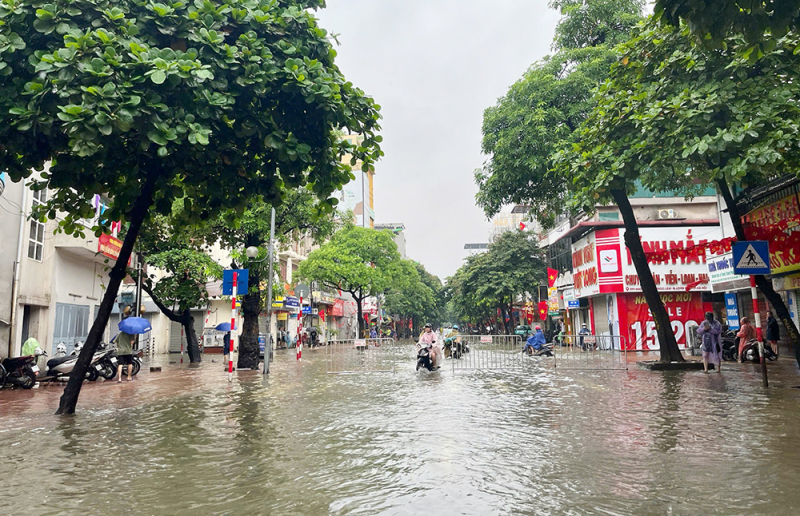
This shows that Hanoi's drainage system is almost "powerless" in the face of rains over 100mm. The drainage system is constantly overloaded, the amount of rainwater continuously exceeds its capacity, especially the rain on September 30th, which exceeded it by more than 8 times.
The Hanoi Department of Construction explained that the design capacity of the urban drainage system in the city is 310mm/2 days. On September 30, the rainfall at many locations in the city far exceeded the above capacity, such as at: O Cho Dua was about 527.2mm (exceeding 170%); Hai Ba Trung was 407.7mm (exceeding 131.5%)... causing overload of the drainage system.
Reporting to the Hanoi People's Committee, the Hanoi Department of Construction stated the reasons: the drainage system is in the process of investment and construction, is not synchronous, and the planned drainage and regulating lake projects are slow to be implemented.
Specifically, the inner city area has an area of about 313.19 km 2 , currently only about 77.5 km 2 in the To Lich river basin has been invested in building a drainage system reaching 24.7%. Drainage sources and pump stations are also in a state of slow investment. The total capacity of drainage works in the Ta Day area is required to be 811.5 m 3 /s.
Currently, the total capacity of urban drainage works is about 164.5m 3 /s (reaching 20%). Yen Nghia pumping station 120m 3 /s has not yet operated at full capacity because the regulating lake system has not been built; La Khe canal leading water to the pumping station has not been completed; the canal discharging to Day river does not operate at its designed capacity when the water level of Day river rises.
The Lien Mac headworks with a capacity of 170m3 /s is under construction, so the drainage of urban areas (outside the inner city area) depends on the water level on the Nhue River. In addition, the drainage infrastructure in some new urban areas is not yet synchronized. The drainage system within the area has been invested in but is not yet synchronized with the drainage system in the area...
Regarding long-term solutions, the Hanoi Department of Construction said that the Capital's drainage elevation plan until 2045 with a vision to 2065 will be calculated with the ability to respond to climate change with rain intensity greater than 310mm/2 days.
Along with that, the city will deploy drainage projects on the capital's main drainage systems according to the plan. The city will also study the addition of rainwater storage facilities at newly built constructions for reuse and flood reduction. At the same time, focus resources on early implementation of investment projects to build main drainage systems...
However, in an interview with us, Dr. Architect Dao Ngoc Nghiem, Vice President of the Vietnam Urban Planning and Development Association, said that if Hanoi only deals with each flooding spot locally, it will not be able to solve the problem completely, because drainage is a complete system, with connections between many infrastructure factors and natural factors. Another important factor is the regulating lake.
According to Mr. Nghiem, this is a natural "reservoir" that regulates the flow and reduces pressure on the sewers when it rains. According to calculations, to adapt to climate change, Hanoi needs about 1,200 hectares of water surface area. But in reality, this number is greatly lacking, because many lakes in the inner city have been filled in and replaced by construction projects. Although the city has strict regulations prohibiting the filling of lakes, especially 260 lakes in residential areas, restoring the lost water surface area is almost impossible. The lack of regulating lakes is one of the causes of increasingly serious flooding.
Another important link is the reservoirs. In principle, after the rainwater accumulates here, it will be pumped to the major rivers. Hanoi has 6 main rivers participating in drainage, including the Red River, Nhue River, To Lich River, Ca Lo River... Pumping stations such as Yen So and Yen Nghia have been built for a long time, but their current capacity is weak, unable to meet the increasing rainfall. The connection from the pumping station to the main rivers is also not guaranteed to be smooth, causing delays in drainage.
According to Prof. Dr. Vu Trong Hong (former Deputy Minister of Agriculture and Rural Development, now the Ministry of Agriculture and Environment ), in the short term, Hanoi needs to regularly maintain and dredge the sewer system, protect the remaining regulating lakes, and strictly implement the garbage collection process to avoid blockages. The hard solution is to expand and replace the main pipelines, because the current pipelines are too small. In the long term, it is necessary to build underground tanks to regulate water at flood "hot spots"; at the same time, invest in an early flood warning system, integrating data from many sources to make timely decisions.
Source: https://cand.com.vn/doi-song/thoat-nuoc-o-ha-noi-bat-luc-truoc-mua-lon--i783907/






![[Photo] Closing of the 13th Conference of the 13th Party Central Committee](https://vphoto.vietnam.vn/thumb/1200x675/vietnam/resource/IMAGE/2025/10/08/1759893763535_ndo_br_a3-bnd-2504-jpg.webp)




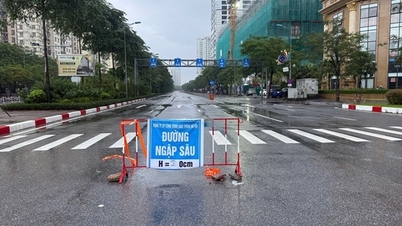

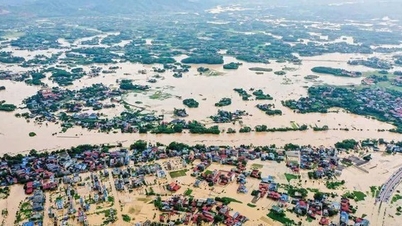
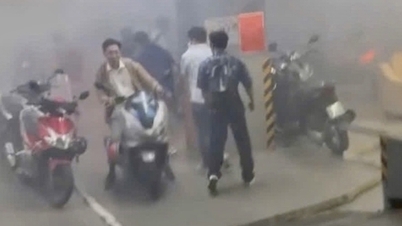







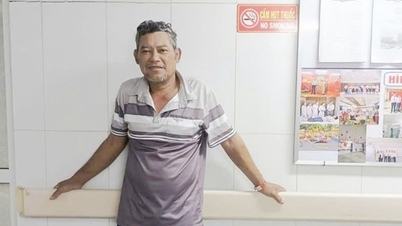

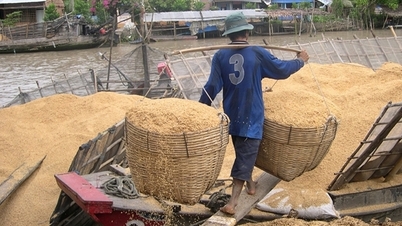






































































Comment (0)